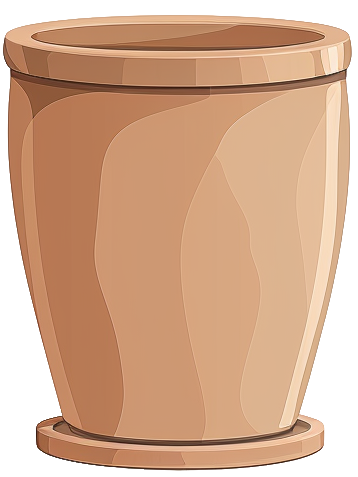- papaver
- orientale

papaver
orientale
orientale
Care level
Easy
Popularity
Niche
These show-stopping perennials produce massive silky blooms that can reach the size of dinner plates, creating a spectacular display in early summer. After flowering, they enter a period of dormancy where the foliage dies back completely, only to emerge again the following spring with renewed vigor.
Care & maintenance
Light
Light that enters through west or south-facing windows, the most intense light for your interior that will expose plants directly to sunlight.
Temperature
Wide range (-20°C - 30°C)
Fertilization frequency
Low
Once per season.
Soil
Choose a General purpose mix: A versatile blend with excellent water retention and aeration. Provides balanced nutrition and suitable drainage for a wide variety of houseplants.
If you want to create your own substrate, you can make a mixture of the following soils:
Click on the soil name for more information.
Pot

Narrow/Deep
Prefer a pot that is taller than it is wide.
Incorrect or incomplete information?
In our goal of building the best plant database, we sometimes make mistakes or have incomplete information. You can help us fill these gaps!
Features
Size & growth
Medium
Upright
Moderate growth
This plant grows at a moderate rate. It can reach 30 to 90 cm in height or spread.
It grows upwards without support.
Toxicity
| Cat | |||
|---|---|---|---|
| Dog | |||
| Human |
Reproduction & propagation
Fruits & flowers
Flowering & self-pollinating
The papaver orientale can produce flowers and therefore fruits.
This plant is capable of self-pollination, it does not need another individual to fertilize itself and therefore produce fruits.



